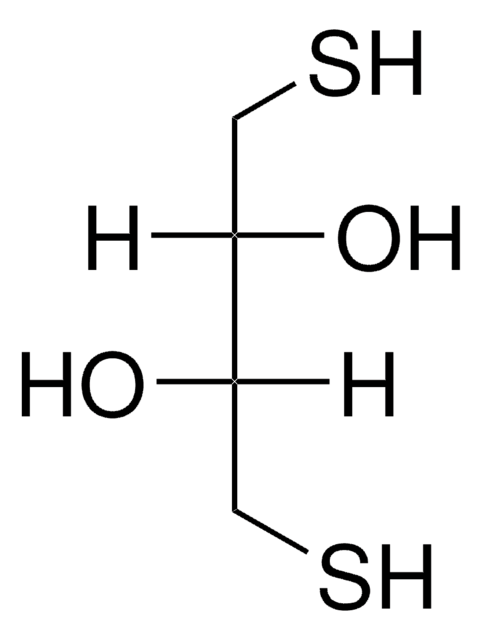추천 제품
생물학적 소스
human
재조합
expressed in insect cells
분석
≥70% (SDS-PAGE)
양식
frozen liquid
분자량
~89.1 kDa
포장
pkg of 10 μg
저장 조건
avoid repeated freeze/thaw cycles
농도
600 μg/mL
색상
clear colorless
NCBI 수납 번호
UniProt 수납 번호
배송 상태
dry ice
저장 온도
−70°C
유전자 정보
human ... STAT1(6772)
일반 설명
Signal transducers and activators of transcription 1 (STAT1) gene is mapped to human chromosome 2q32.2-q32.3. STAT1 protein exists in two isoforms STAT1α and STAT1β with molecular weight of 91kDa and 84kDa, respectively. The encoded protein show ubiquitous expression. STAT1 is a member of STAT family of proteins.
생화학적/생리학적 작용
Signal transducer and activator of transcription (STAT) proteins are a family of latent cytoplasmic transcription factors involved in cytokine, hormone, and growth factor signal transduction. Seven members of the STAT family of transcription factors have been identified in mammalian cells: STAT1, STAT2, STAT3, STAT4, STAT5a, STAT5b, and STAT6. STAT proteins mediate broadly diverse biologic processes, including cell growth, differentiation, apoptosis, fetal development, transformation, inflammation, and immune response. Receptor-recruited STATs are phosphorylated on a single tyrosine residue in the carboxy terminal portion. The modified STATs are released from the cytoplasmic region of the receptor subunits to form homodimers or heterodimers through reciprocal interaction between the phosphotyrosine of one STAT and the SH2 domain of another. Following dimerization, STATs rapidly translocate to the nucleus and interact with specific regulatory elements to induce target gene transcription. Recently, STAT-1 has been implicated in modulating pro- and anti-apoptotic genes following several stress-induced responses. These effects are dependent on STAT-1 phosphorylation on serine-727 and require the C-terminal transactivation domain of STAT-1 to enhance its pro-apoptotic effect or inhibit its anti-apoptotic effects. The STAT-1 C-terminal domain has been demonstrated to be important for protein-protein interaction with other transcriptional activators. The reports that STAT-1-deficient mice develop spontaneous and chemically induced tumours more rapidly compared to wild-type mice and that STAT-1-deficient cells are more resistant to agents that induce apoptosis strongly support the argument that STAT-1 acts as a tumour suppressor.
Signal transducer and activator of transcription 1 (STAT1) plays a vital role in interferon (IFN) signaling. STAT1 undergoes phosphorylation on serine-727. This Phospho-Stat1 regulates pro- and anti-apoptotic genes following several stress-induced responses. STAT-1 interacts with p53 and promotes p53-mediated transcriptional gene activity and apoptosis. STAT-1 is an essential factor of stress-induced and DNA damage-induced checkpoint pathways and thus, acts as a tumour suppressor. STAT-1 functions as a pro-apoptotic factor in cardiac myocytes, brain or liver exposed to ischaemia–reperfusion injury. Thus, inhibition of STAT-1-activated pathway by epigallocatechin-3-gallate (EGCG) can be considered as a potential therapeutic method against ischaemic tissue injury. Repression of STAT-1 expression by human papillomavirus (HPV) oncoproteins E6 and E7 at transcription level is essential for genome amplification and maintenance of episomes, which is suggested to have a crucial role in viral pathogenesis.
물리적 형태
Clear and colorless frozen liquid solution
제조 메모
Use a manual defrost freezer and avoid repeated freeze-thaw cycles. While working, please keep sample on ice.
Storage Class Code
10 - Combustible liquids
WGK
WGK 1
Flash Point (°F)
Not applicable
Flash Point (°C)
Not applicable
가장 최신 버전 중 하나를 선택하세요:
Jana Petersen et al.
Molecular immunology, 114, 30-40 (2019-07-25)
Heterozygous gain-of-function (GOF) mutations in the cytokine-regulated transcription factor STAT1 (signal transducer and activator of transcription 1) lead to chronic mucocutaneous candidiasis (CMC). However, the molecular basis of these pathogenic missense mutations is largely unknown. In this study, we characterized
Assignment1 of STAT1 to human chromosome 2q32 by FISH and radiation hybrids.
Haddad B
Cytogenetics and Cell Genetics, 83(1-2), 58-59 (1998)
Epigallocatechin-3-gallate inhibits STAT-1 activation and protects cardiac myocytes from ischemia/reperfusion-induced apoptosis.
Townsend PA
Faseb Journal, 18(13), 1621-1623 (2004)
Suppression of STAT-1 expression by human papillomaviruses is necessary for differentiation-dependent genome amplification and plasmid maintenance.
Hong S
Journal of Virology, 85(18), 9486-9494 (2011)
STAT-1: a novel regulator of apoptosis.
Stephanou A and Latchman DS
International Journal of Experimental Pathology, 84(6), 239-244 (2003)
자사의 과학자팀은 생명 과학, 재료 과학, 화학 합성, 크로마토그래피, 분석 및 기타 많은 영역을 포함한 모든 과학 분야에 경험이 있습니다..
고객지원팀으로 연락바랍니다.




